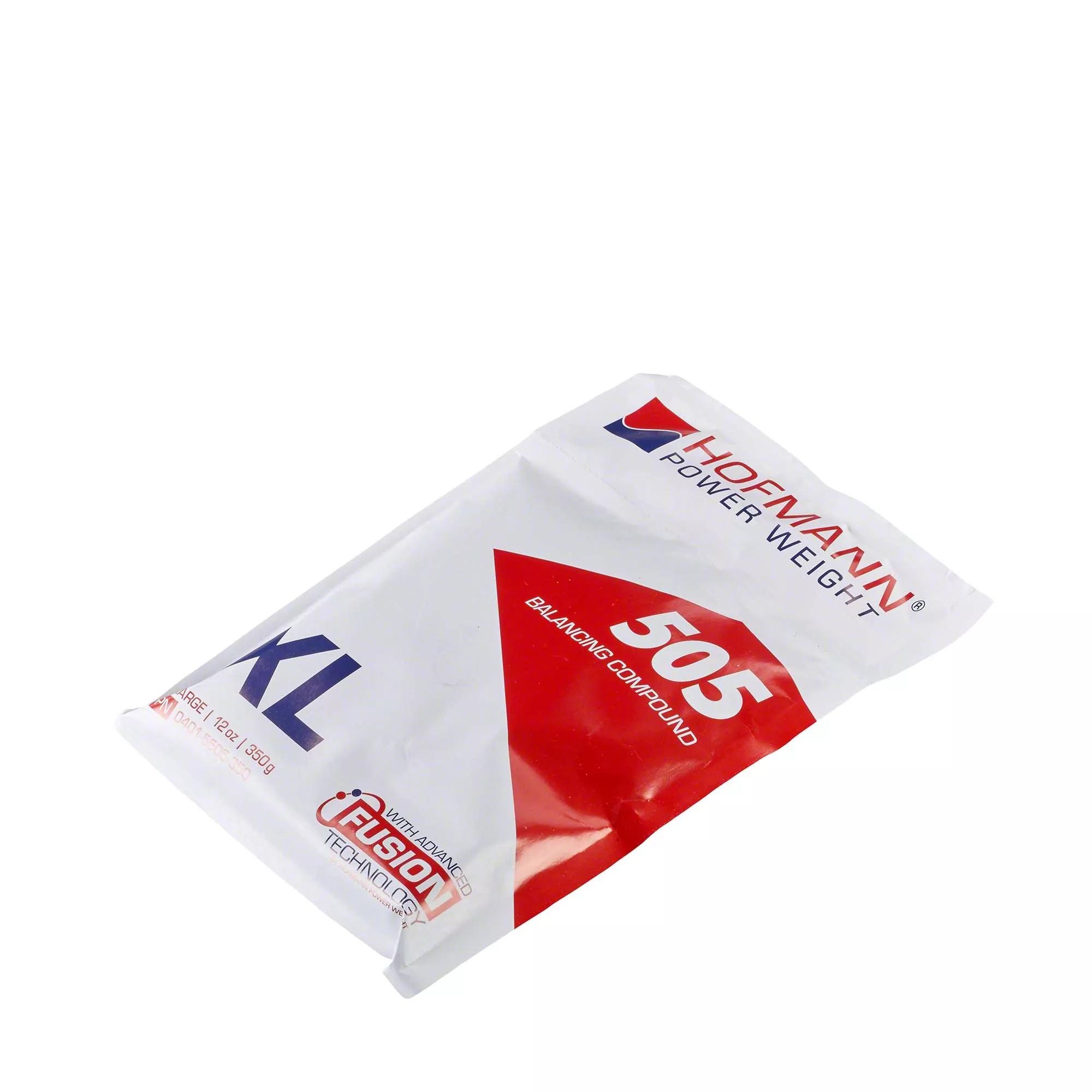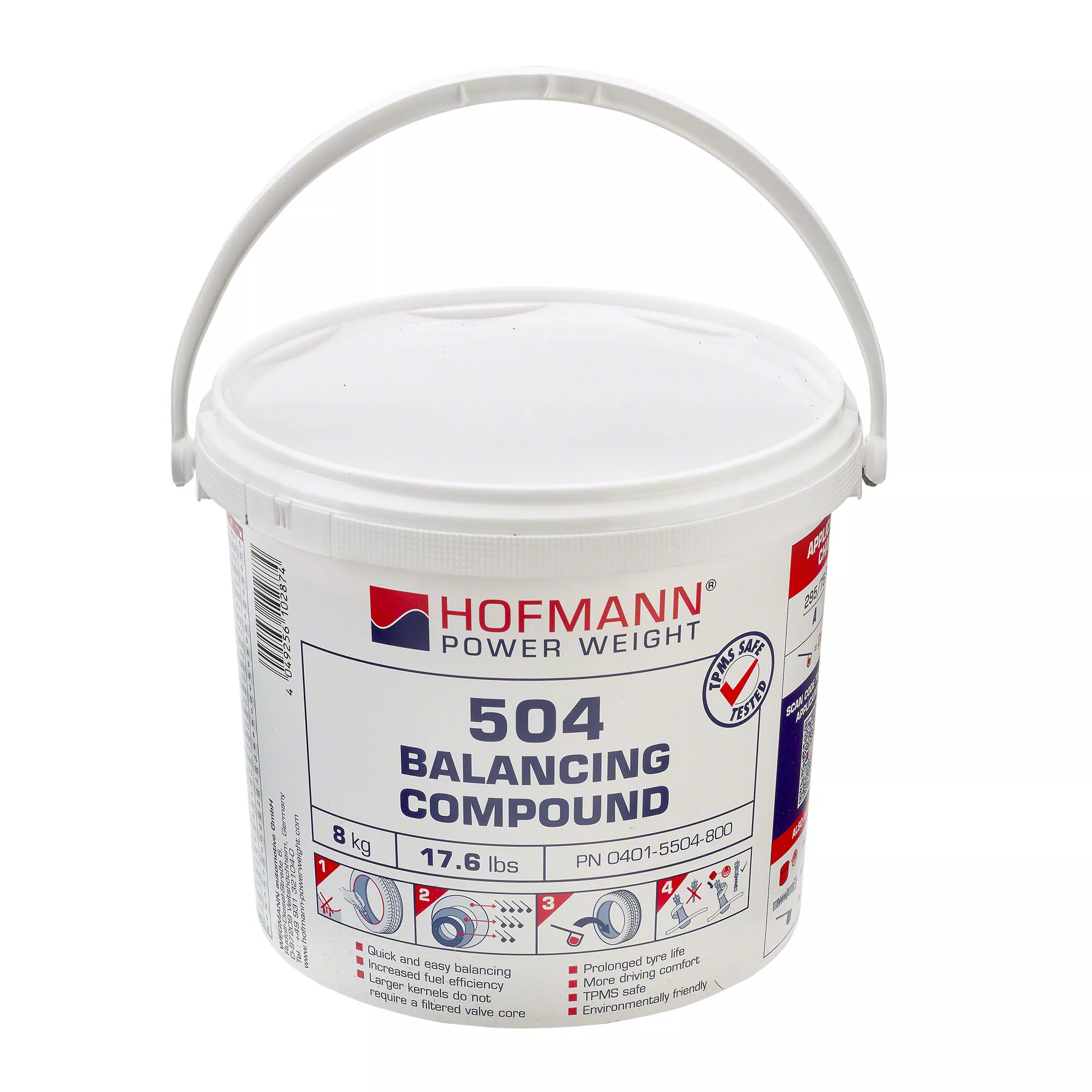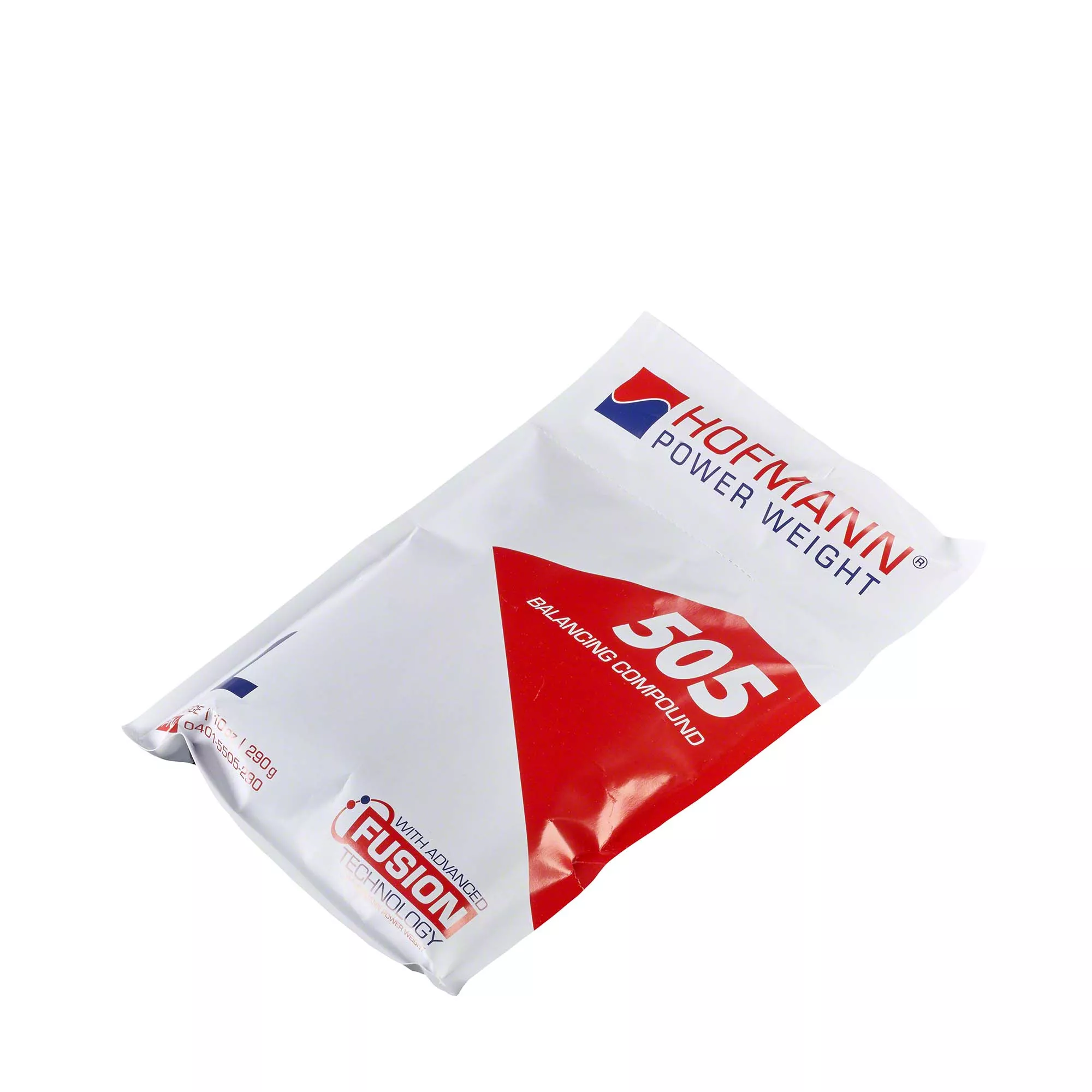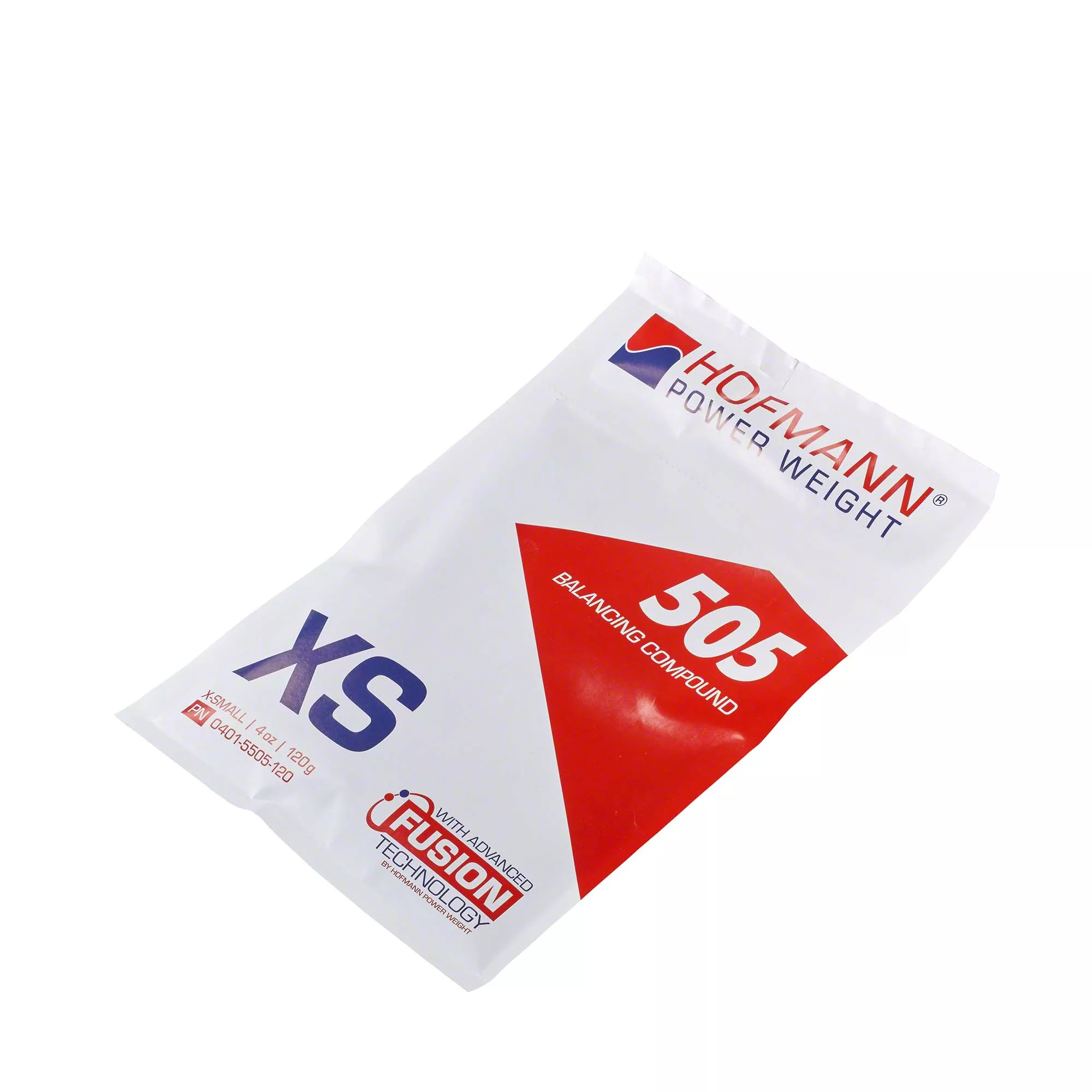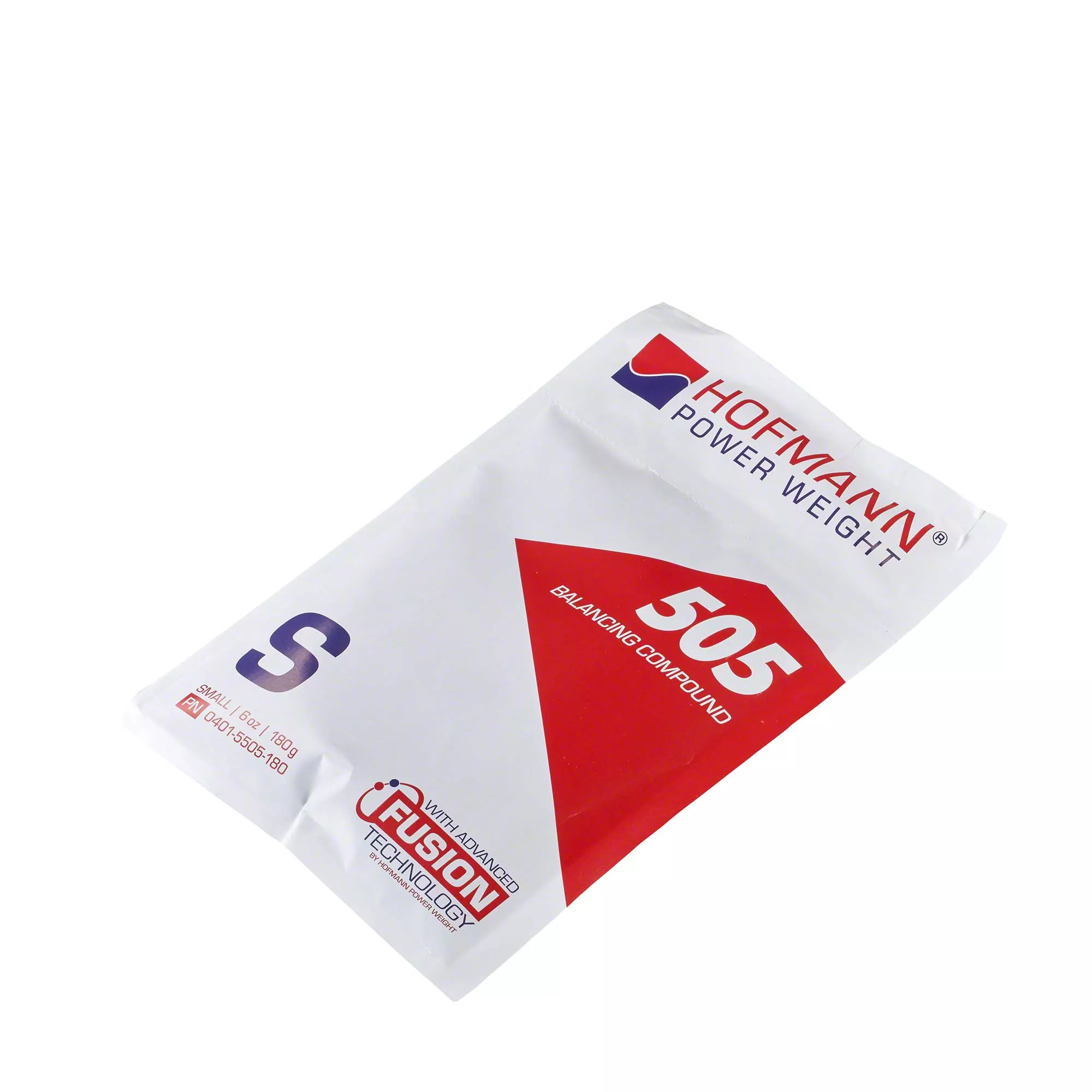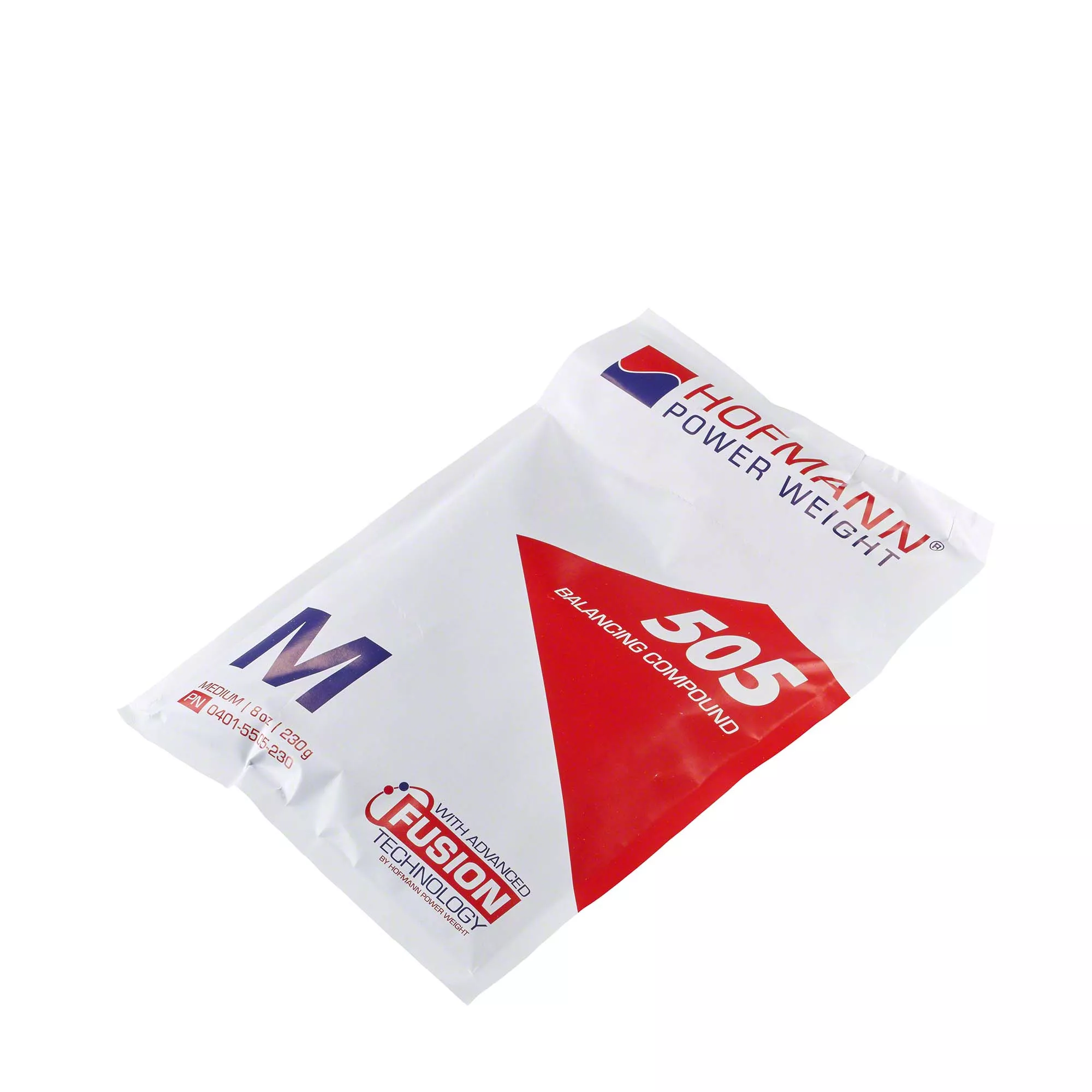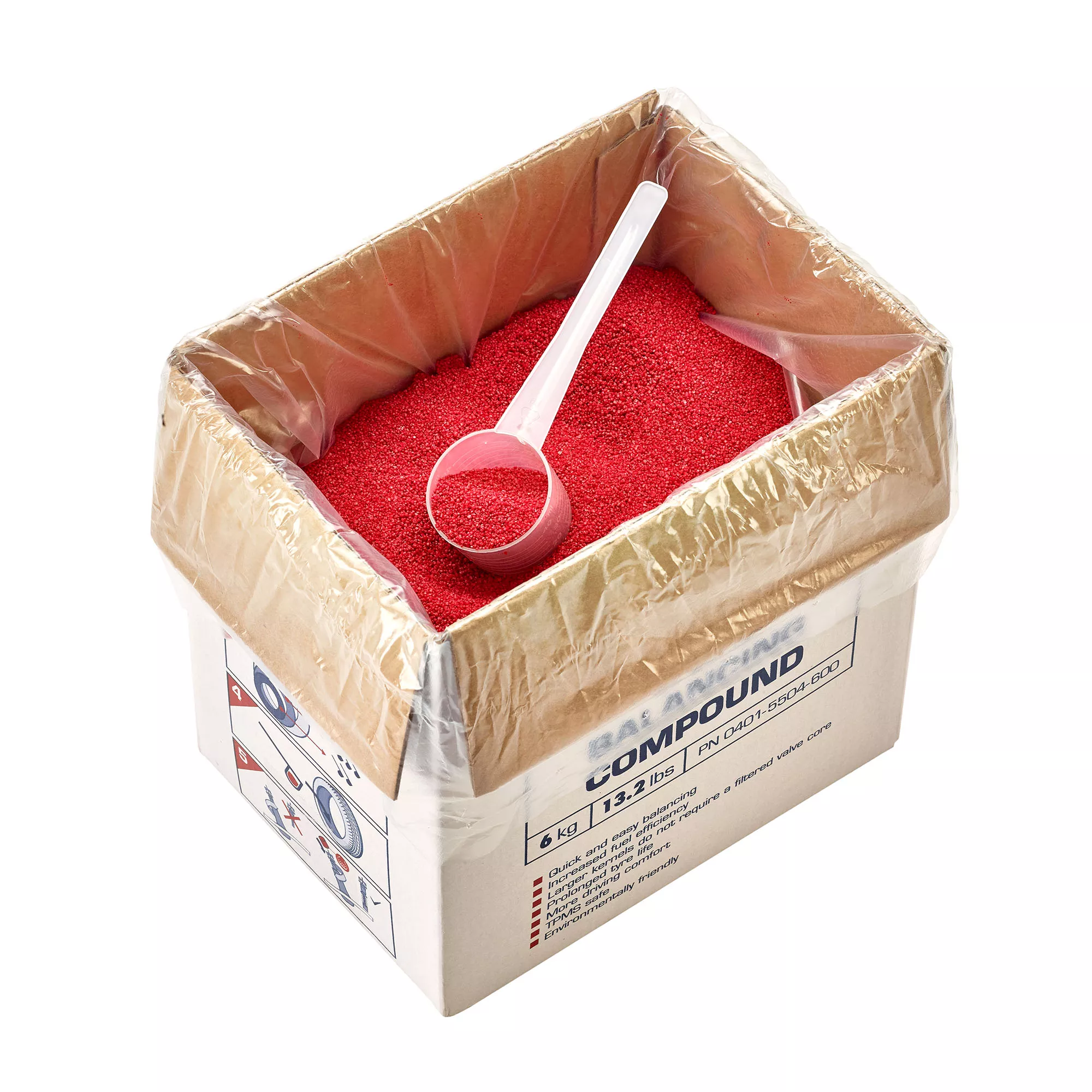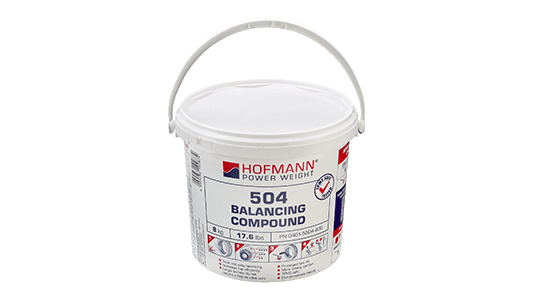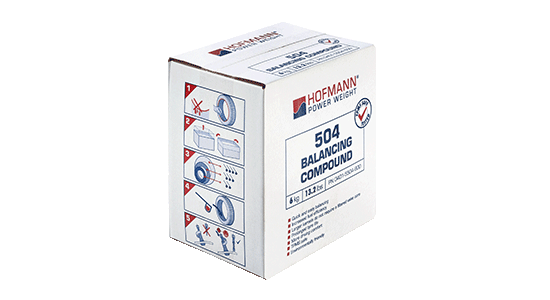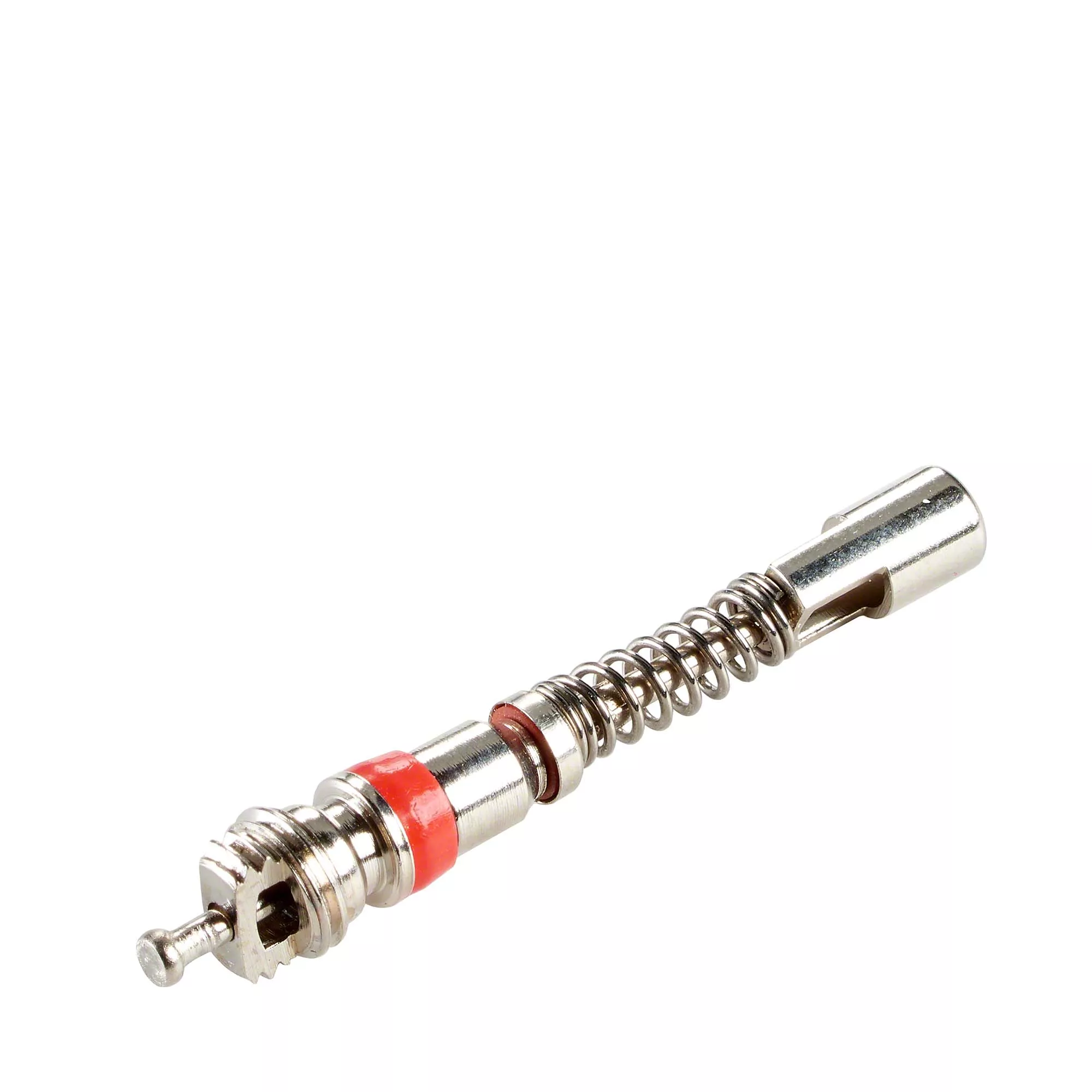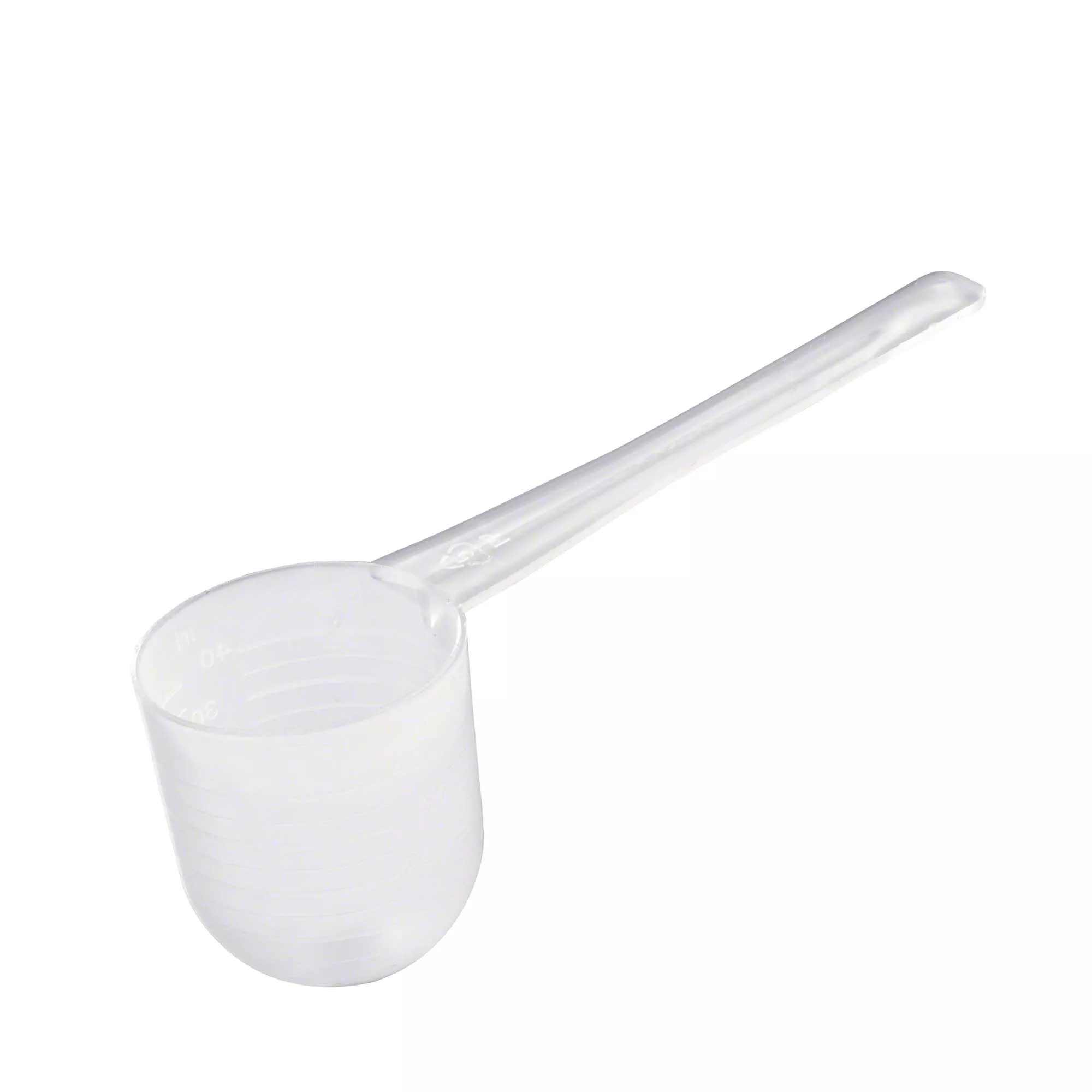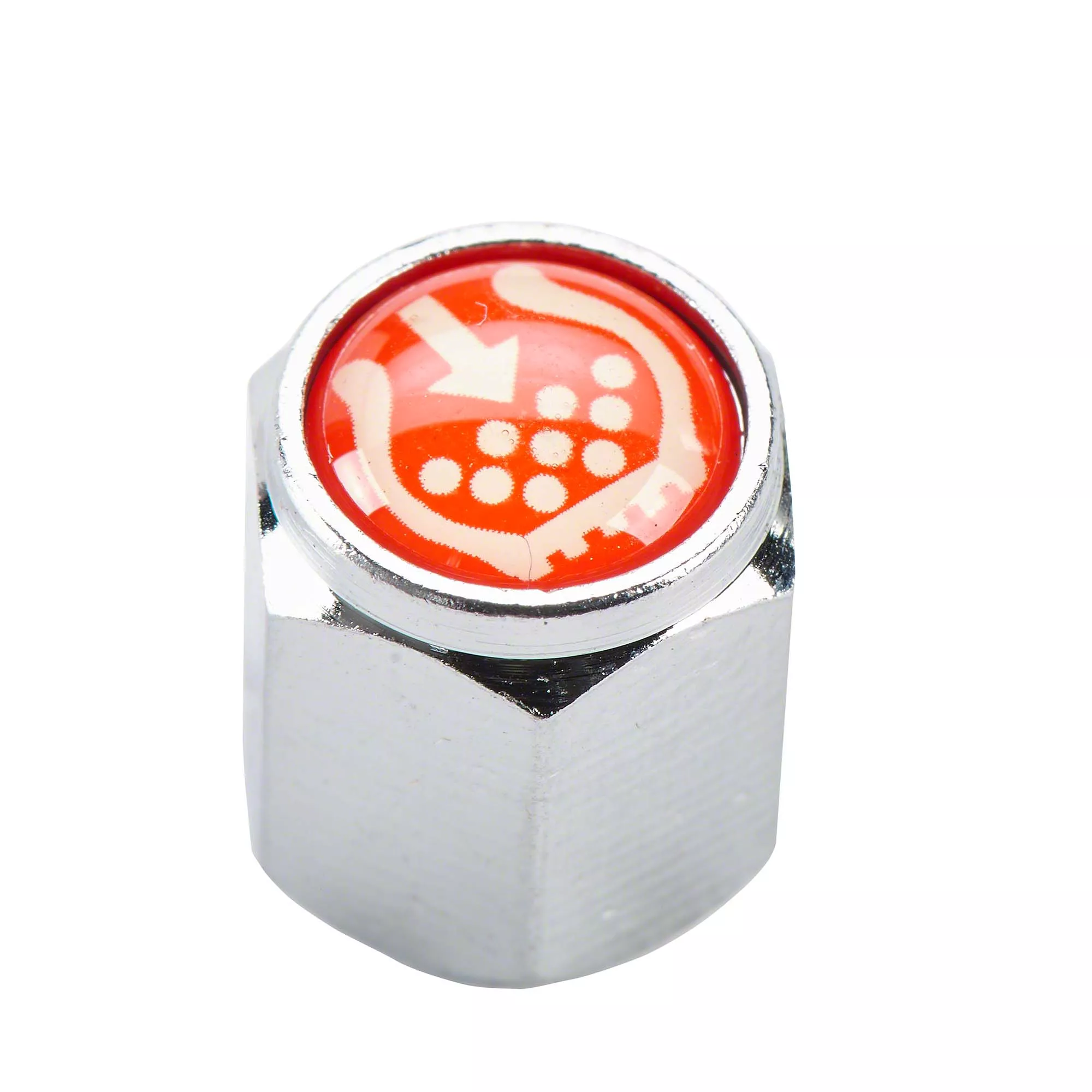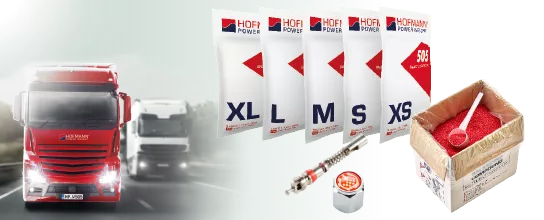
Balancing compound
The HOFMANN POWER WEIGHT advantage
- Result of comprehensive tests and material analysis
- Consists of a carefully selected mineral compound
- Resistance to environmental influences, high density and high temperature resistance
- Each grain is coated with a special coating
- Smooth, resistant and non-abrasive surface
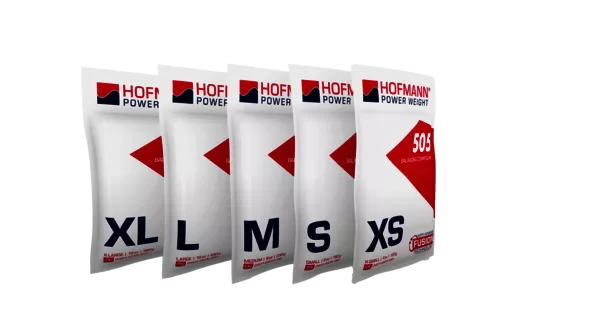
Perfect balancing result due to Fusion Technology
- Carefully mixed particles in two sizes
- Improved flow behavior
- Better distribution in the tire
- Works against static as well as dynamic imbalances
Easy handling & application
- Intelligent dispenser box with minimal space requirement
- The box can be placed directly near the tire mounting area
- This eliminates the need to go to the shelf Bags can be removed through the dispenser opening at the front or through a resealable lid
- The lower price per box due to the smaller packaging unit is also worthwhile for workshops without particular commercial vehicle specialization
Everything in one bag
- Each bag contains everything needed for use: One valve insert with filter and one valve cap.
- Shrink-wrapped directly in the upper, detachable area
- Pictograms on the back of the bag show step by step how to use the product
- Extra valve cap indicates the use of balancing compound in the tire
Valve core - Typ 504, balancing powder
Product number: 0401-5234-002
The special valve core prevents the penetration of balancing components into the valve.When should metal tyre valves be changed? The best thing is to change the tyres every time!The metal valves are subjected to enormous stress during their service life and are exposed to many different environmental influences. These include varying levels of ozone, solar radiation and the use of chemicals. It does not matter whether it is an Auto tyre valve, truck or bicycle or what material (rubber or metal) it is.Therefore, every time a tyre is changed in the workshop, not only the tyres and rims but also the valves should be inspected and tested. A safe driving experience can only be guaranteed with a regular check of the rim valves. Potential tyre pressure loss can be caused by defective metal or rubber valves. In addition, external damage to the rim valve or corrosion of the valve core can also be responsible.The consequences of tyre pressure loss include various safety risks, with increased tyre wear, increased rolling resistance and increased fuel consumption being among the less dangerous. However, a broken metal tyre valve can have the negative effect of increasing the braking distance and can lead to unsafe driving with the risk of losing control of the vehicle.In order to minimise the safety risk and to achieve an optimal driving experience, we advise you to have the tyre valves and rim valves checked and replaced regularly.
Price after login*
Measuring spoon - balancing powder
Product number: 0401-0025-018
Dosing spoon for measuring the balancing powder in the tyre. A filling table is printed on each bucket of balancing powder type 504. Our tyre fitting tools make it easier to fit and remove balancing weights and tyre valves for tyre changes. They ensure, among other things, that the tyre and rim can be separated manually without auxiliary power, that you can properly hammer in weights on motorcycle spoked wheels or that you can easily mount and dismount spoke weights.In addition to our tools for tyre changes, there are several other products that are indispensable for a high-quality wheel change. These include, for example, adhesive weights / impact weights, tyre irons, tyre valves / rim valves and TPMS sensors. You will find all products from this area in the usual high quality in our range of products.
MaterialsteelColourwhite
Price after login*
Valve cap - chrome
Product number: 0401-5234-001
Valve cap for marking balancing powder in the tyre.What purpose do Auto valve caps serve today?In our wide assortment we offer not only valves but also valve caps for cars, vans, trucks, motorcycles, scooters, tractors and construction machinery. They are considered a necessary safety component for tyres. Only with functioning Auto valve caps can an optimal driving experience be guaranteed and safety risks such as creeping pressure loss or leaking valves be prevented. In addition, a metal valve cap with built-in seal protects the tyre from dirt and moisture.In addition to the tyres and rims, the valve caps of car tyres appear somewhat inconspicuous, but they also fulfil an optical function for the necessary purpose. No matter what kind of vehicle it is, a valve cap set with modern design can beautify your car or motorcycle. Depending on your taste, you can make your wheels shine with different coloured versions or original car brands such as Mercedes valve caps. There are no limits to your imagination and you can choose between various colours (black, red, green, grey, yellow, silver) and materials (metal, chrome, rubber or aluminium).Take the chance and set a fashionable highlight for your tyres with Auto valve caps!Look around in our assortment before the next tyre change and select the suitable set from the various car tyre valve caps.
Price after login*
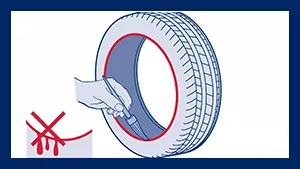
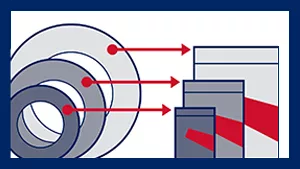
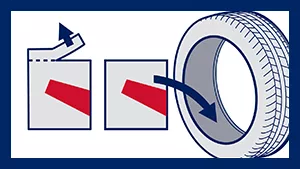
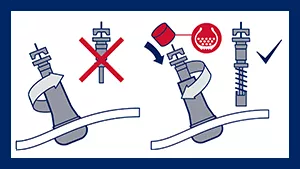
Instructions Type 505
- Apply assembly paste sparingly to avoid possible sticking.
- Select the correct bag based on the tire size and our table.
- Cut off the small perforated part with the valve insert and valve cap. Simply place the bag in the tire to be fitted. The bag dissolves by itself.
- Replace the valve insert and screw on the special indicator valve cap*.
*Indicates that balancing powder is present in the tire. Prevents unpleasant surprises during disassembly and the penetration of balancing particles into the valve.

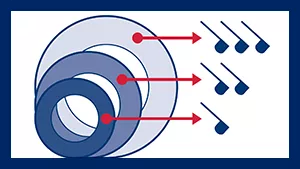
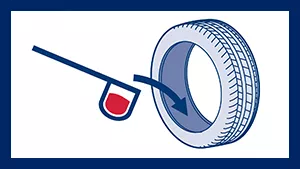

Instructions Type 504
- Apply assembly paste sparingly to avoid possible sticking.
- Use the filling quantity table to determine the correct dosing quantity.
- Use the dosing spoon to add the correct amount to the unmounted tire.
- Replace the valve insert and screw on the special indicator valve cap*.
*Indicates that balancing powder is present in the tire. Prevents unpleasant surprises during disassembly and the penetration of balancing particles into the valve.

